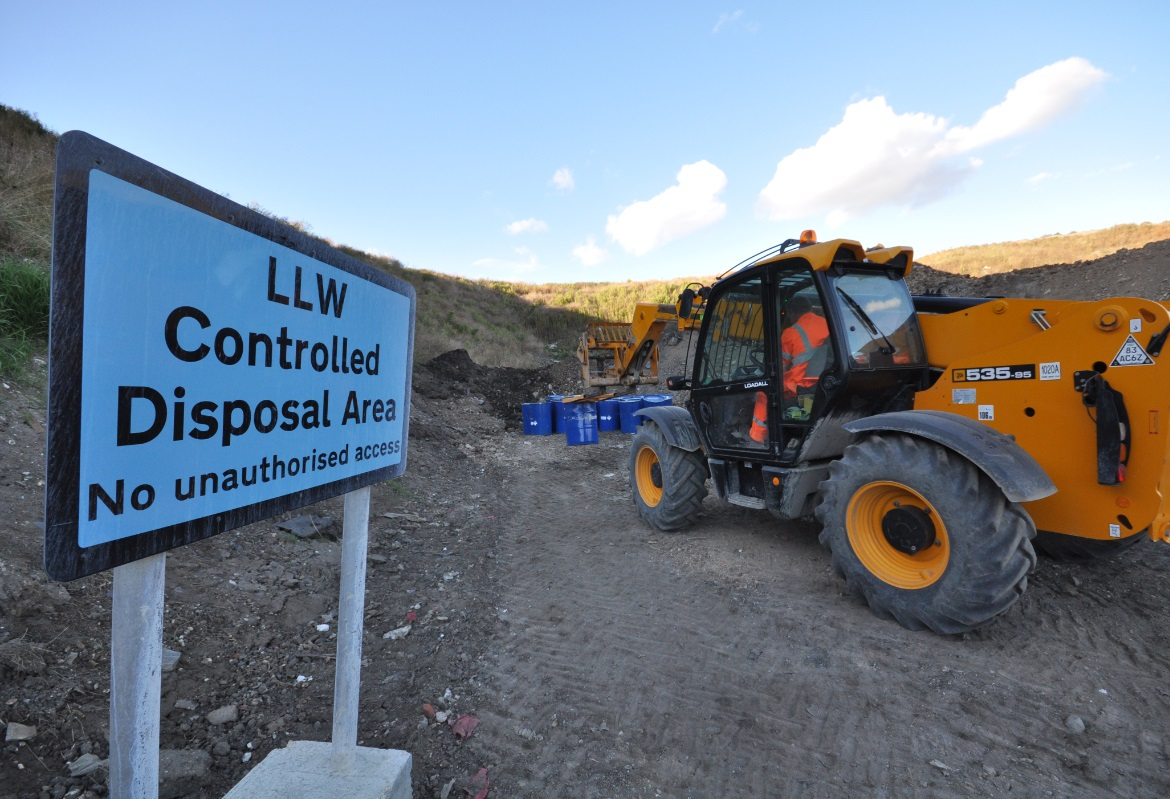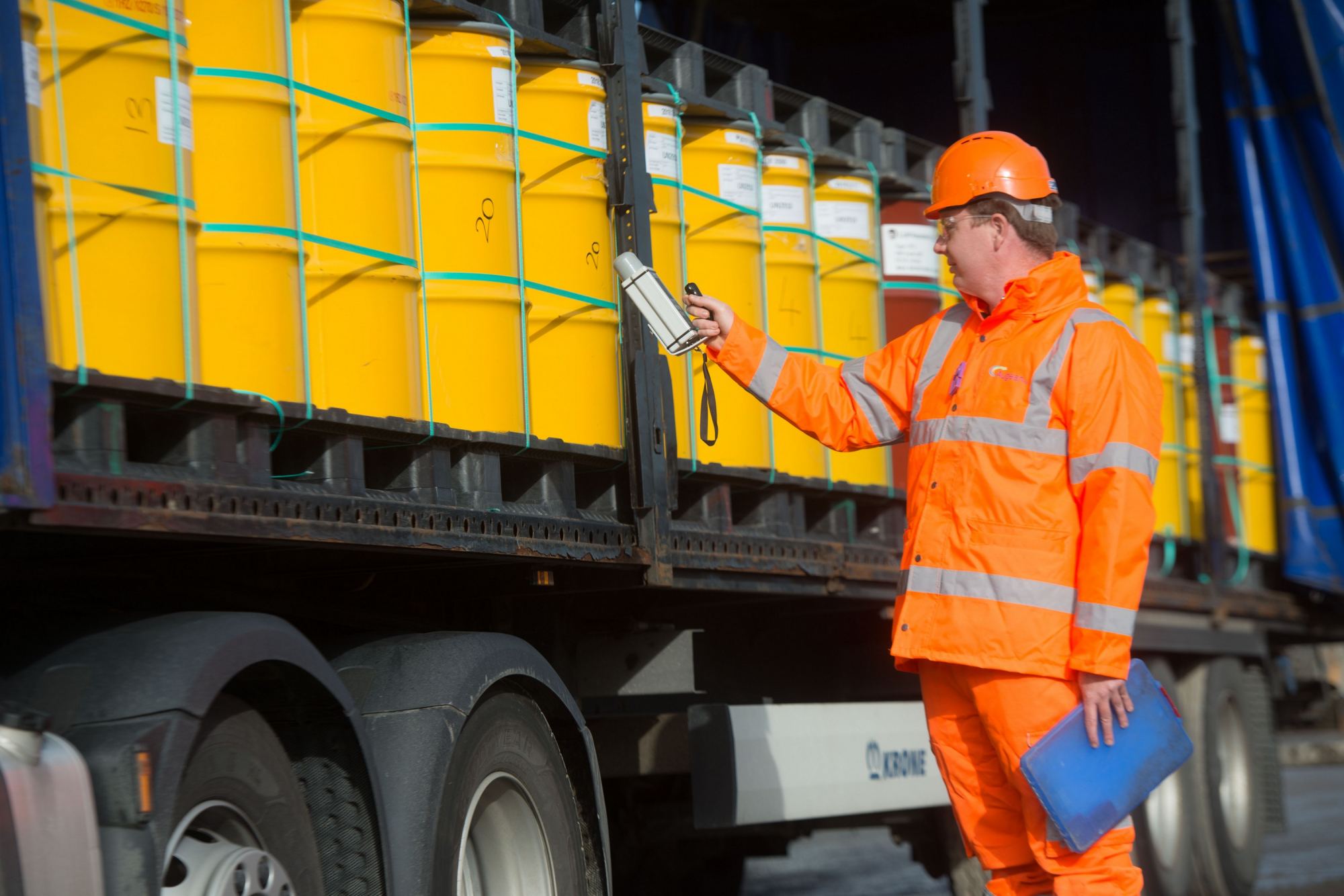

Low Level Radioactive Waste is waste that contains small amounts of radioactive content which typically come from the decommissioning of nuclear power stations and from the oil and gas and mineral processing industries as well as science and research facilities, hospitals and manufacturing.
The waste is largely construction and demolition waste such as rubble, soils, crushed concrete, bricks and metals from the decommissioning of nuclear power plant buildings and infrastructure, small amounts of lightly contaminated miscellaneous wastes from maintenance and monitoring at these facilities such as plastic and metal and wastes from manufacturing activities, science and research facilities and hospitals where radioactive materials are used. The levels of radiation present in the waste materials are extremely low, and when handled in accordance with the site management procedures, the levels of exposure are safe for workers at the site, the local environment or members of the public.
The radioactive content of materials is measured in Becquerels per gram (Bq/g). LLW has a radioactive content below 4,000 Bq/g
of alpha activity or 12,000 Bq/g of beta or gamma activity. Typically, most waste loads will have an average activity of less than 200 Bq/g. The activity levels of LLW that will be accepted at the site will be managed through the application of control measures determined by the Environment Agency. A series of risk assessments are used to demonstrate that even under unlikely situations the dose from radiation experienced by the public and workers would not exceed safe thresholds determined in guidance and legislation. Limits will be set on the activity level of each consignment as well as the total amount of radioactive waste that can be accepted at the site. Any impact of NORM waste disposals will also be taken into account.
The radiological dose that could be received by workers at the site and any members of the public who may be in the vicinity is strictly
controlled. The waste that could come to Port Clarence will only result in radioactive exposure at the perimeter of the site that is a fraction of the exposure that everyone receives every day from natural background sources of radiation. The radiation exposure
assessments use cautious assumptions to determine the amount of radioactivity that can be disposed of safely and also considers
scenarios that are unlikely to occur, such as dropped loads. The use of cautious assumptions ensures that the doses that could
be received are lower than predicted.
Augean has extensive experience of safely handling LLW at its landfill in Northamptonshire and can demonstrate through monitoring results that it has done so without any adverse effects on the environment or risks to the local community.